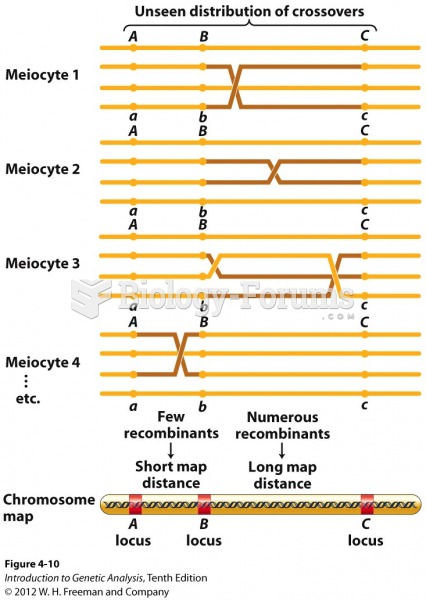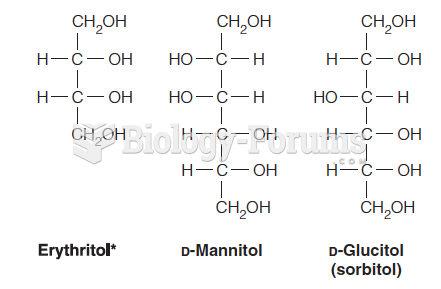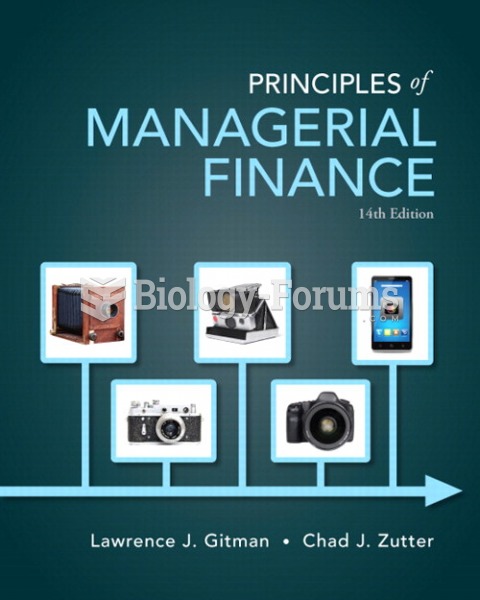Answer to Question 1
C
Answer to Question 2
Any member of the supply chain can initiate consumer sales promotions, but manufacturers and retailers typically offer them. For manufacturers, sales promotion activities represent an effective way to introduce new products or promote established brands. Coupons and product sampling are frequently used during new product launches to stimulate interest and trial. Retailers typically offer sales promotions to stimulate customer traffic or increase sales at specific locations. Coupons and free products are common examples, as are in-store product demonstrations. Many retailers are known for their sales promotions such as the free toys that come with kid's meals at McDonald's, Burger King, and other fast food establishments.
A potentially limitless variety of sales promotion methods can be used in consumer markets. Truthfully, developing and using these methods is limited only by the creativity of the firm offering the promotion. However, firms will typically offer one or more of the following types of sales promotions to consumers:
Coupons-Coupons reduce the price of a product and encourage customers to try new or established brands. Coupons can be used to increase sales volume quickly, to attract repeat purchasers, or even to introduce new product sizes or models. While coupon cutting (cutting coupons from newspapers or direct mail) was once quite common, the practice declined over the years. This mentality changed with the latest economic recession as many consumers returned to using coupons, especially new mobile coupons.
Rebates-Rebates are very similar to coupons except that they require more effort on the consumer's part to obtain the price reduction. Although consumers prefer coupons because of the ease of use, most firms prefer rebates for several reasons. First, firms have more control over rebates because they can be launched and ended very quickly. Second, a rebate program allows the firm to collect important consumer information that can be used to build customer databases. The best reason is that most consumers never bother to redeem rebate offers. This allows a firm to entice customers to purchase a product with only a minimal loss of profit.
Samples-Free samples are one of the most widely used consumer sales promotion methods. Samples stimulate trial of a product, increase volume in the early stages of the product's life cycle, and encourage consumers to actively search for a product. Samples can be distributed through the mail, attached to other products, and given out through personal selling efforts or in-store displays. Samples can also be distributed via less direct methods. For example, free samples of soap, shampoo, coffee, or sunscreen might be placed in hotel rooms to create consumer awareness of new products.
Loyalty Programs-Loyalty programs, or frequent-buyer programs, reward loyal customers who engage in repeat purchases. These programs are popular in many industries due to their potential to dramatically increase profits over the long term. We are all familiar with the frequent-flier programs offered by major airlines. Other companies, such as hotels, auto rental agencies, and credit card companies, offer free goods or services for repeat purchases. For instance, the Discover Card provides a one percent cash-back bonus to each cardholder at the end of the year, and Hallmark rewards loyal customers with the Hallmark Gold Crown Card, which allows frequent buyers to accrue points that are redeemable for merchandise and discounts.
Point-of-Purchase Promotion-Point-of-purchase (POP) promotion includes displays, in-store demonstrations, counter pieces, display racks, or self-service cartons that are designed to build traffic, advertise a product, or induce impulse purchases. POP promotions are highly effective because they are used in a store where consumers make roughly 70 to 80 percent of all purchase decisions.
Premiums-Premiums are items offered free or at a minimum cost as a bonus for purchasing a product. Examples of premiums include a free car wash with a gasoline fill-up, a free toothbrush with a purchase of a tube of toothpaste, and the toys offered inside a McDonald's Happy Meal. Premiums are good at increasing consumption and persuading consumers to switch brands.
Contests and Sweepstakes-Consumer contests, games, and sweepstakes encourage potential consumers to compete for prizes or try their luck by submitting their names in a drawing for prizes. In addition to being valuable information collection tools, contests and sweepstakes are good at attracting a large number of participants and generating widespread interest in a product. Because they require no skill to enter, sweepstakes are an effective way to increase sales or market share in the short term.
Direct Mail-Direct mail, which includes catalog marketing and other printed material mailed to individual consumers, is a unique category because it incorporates elements of advertising, sales promotion, and distribution into a coordinated effort to induce customers to buy. The use of direct mail has grown tremendously in recent years due to consumer time constraints, relatively low cost, and the advent of sophisticated database management tools.
Firms can use any one or all of these consumer promotion methods in their overall IMC program. However, the choice of one or more methods must be made in consideration of the firm's IMC objectives. Furthermore, the choice must also consider the use of sales promotions by competitors and whether a particular method involves ethical or legal dimensions. Consumer sweepstakes, in particular, have specific legal requirements to ensure that each entrant has an equally likely chance of winning.






